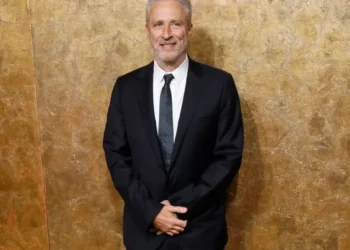California ski patroller caught in avalanche at popular resort dies of injuries
A veteran ski patroller who was hurt in an avalanche at California’s Mammoth Mountain has died, the ski resort shared...
Hawaii hopes stricter laws will quiet illegal fireworks after deadly New Year’s Eve blast
HONOLULU — Mike Lambert heard fewer illegal fireworks exploding in his suburban Honolulu neighborhood in the months after a chain of blasts...
3 Music Scenes the Industry Ignored—but Fans Didn’t
Music scenes may come and go like the tides, but some become the hidden backbones of their home cities. Not...
Trump, Pressing Ahead on Ukraine-Russia Talks, Confronts Difficult Realities
A few hours before President Trump welcomed President Volodymyr Zelensky of Ukraine to his Mar-a-Lago resort on Sunday for lunch...
Zack Snyder Shares Henry Cavill’s Test Photo in Christopher Reeve’s Superman Suit: ‘Where the Journey Began’
Zack Snyder has been known for taking strolls down memory lane on social media with pictures from his DC superhero...
‘Do I get credit? No!’ Trump busted on hot mic whining about big snub
President Donald Trump was caught on a hot mic complaining to Israeli Prime Minister Benjamin Netanyahu about his failure to...
Does Anybody Really Know What Time It Is?
It was Sunday afternoon, our second day at sea on an expedition to Antarctica, when the announcement came over the...
Somber Jake Reiner spotted on beach walk with girlfriend following parents Rob and Michele’s tragic deaths
Jake Reiner was photographed walking on the beach with his girlfriend, Maria Gilfillan, after the tragic deaths of his parents, Rob...
4 signs you might be the family scapegoat — and how it ties into all your relationships
Family scapegoats can struggle with trust. LordHenriVoton/Getty ImagesA family scapegoat takes on the blame for larger family issues.This person often...
Chappell Roan Walks Back Brigitte Bardot Tribute After Learning of Actress’ Controversial Past: ‘I Do Not Condone This’
Chappell Roan voiced her regret for paying tribute to late French film legend Brigitte Bardot after learning of the actress’...














